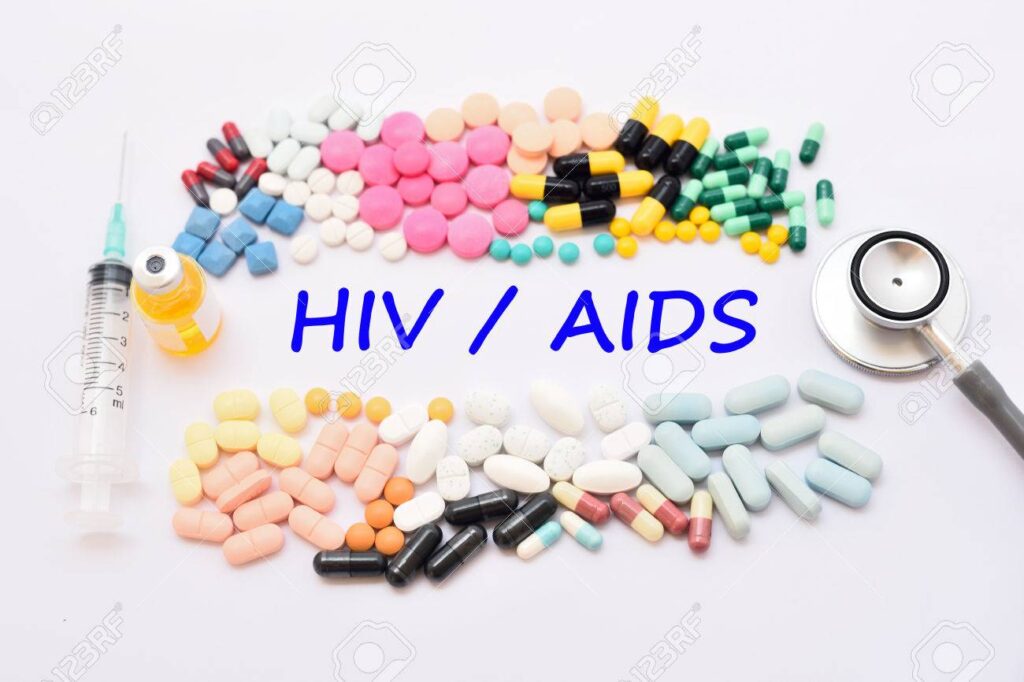Public Health Over Punishment: HIV/AIDS and the Need for Drug Policy Reform
Share IT

Launch Your Dream Website with Us!
Click Here to Get in touch with Us.
Categories
HIV/AIDS and Drug Policy Reform
Breaking the Cycle: HIV/AIDS and the Requirement for Reforming Drug Laws
It is clear that the present drug war strategy has not succeeded in reducing the prevalence of HIV/AIDS among drug injectors (PWID). This blog article examines how we may transform our approach to put the public’s health above punishment by implementing harm reduction measures, decriminalising drug possession, and implementing syringe exchange programmes (SEPs).
Thank you for reading this post, don't forget to subscribe!Table of Contents

The Relationship Between Drug Policy and HIV/AIDS
HIV/AIDS and Drug Policy Reform
PWID are more likely to get HIV and spread it to others because of a number of variables, including:
- Sharing Syringes and Needles: Sharing syringes and needles raises the risk of contracting HIV and other blood-borne illnesses.
- Fear of Law Enforcement: PWID may use unsafe injection techniques as a result of their fear of being arrested or denied access to sterile syringes or medical care.
- Stigma and Marginalisation: PWID frequently encounter prejudice and social stigma, which makes it more difficult for them to get social assistance and healthcare.
HIV/AIDS and Drug Policy Reform
These elements combine to form a vicious cycle in which harsh drug laws raise HIV rates, which in turn feeds stigma and marginalisation.
Strategies for Harm Reduction: An Alternative Perspective
HIV/AIDS and Drug Policy Reform
The goal of harm reduction is to protect PWID’s health and safety without pressuring them to give up drugs. The following are some crucial tactics:
- Programmes for the Exchange of Syringes: SEPs offer sterile needles and syringes, lowering the possibility of sharing needles and encouraging safe injection techniques.
- Treatment with Medication Assistance (MAT): By managing cravings and withdrawal symptoms, prescribing drugs such as buprenorphine or methadone can lower the likelihood of drug abuse.
- Distribution of Naloxone: During opioid overdoses, giving PWID and community members access to naloxone, an overdose reversal drug, can save lives.
Interventions for reducing harm have a track record of success:
HIV/AIDS and Drug Policy Reform
- Decreased HIV Transmission: Research indicates that SEPs considerably lower HIV transmission among people with AIDS.
- Better Health Outcomes: MAT lowers risky behaviours, infections, and drug-related fatalities.
- Improved Involvement with Care: Harm reduction initiatives act as gateways to more comprehensive health services, such as HIV testing and treatment, for those living with HIV/AIDS.
Declining the Penalty: Eliminating the Shame
HIV/AIDS and Drug Policy Reform
Removing criminal consequences for possessing modest amounts of drugs for personal use is known as decriminalisation. This strategy has a number of benefits:
- Reduced Stigma: Decriminalisation eliminates the criminal stigma attached to drug use, which makes it simpler for PWID to get assistance and receive medical care. This results in less stigma.
- Put Treatment First: Funds for public health and treatment programmes might be diverted from law enforcement.
- Reduced Incarceration Rates: Decriminalisation can contribute to a decrease in the number of individuals serving prison sentences for drug-related offences, which can save money and stop the spread of HIV inside prisons.
HIV/AIDS and Drug Policy Reform
Decriminalisation makes drug use more humanitarian and health-focused, but it does not make drug use legal.
Forward: A Wholesome Method
HIV/AIDS and Drug Policy Reform
In order to effectively combat HIV/AIDS in PWID, the following are necessary:
- Expanding Harm Reduction Services: It is imperative to provide SEPs, MAT, and other harm reduction programmes with more financing and accessibility.
- Decriminalising the Possession of Drugs: Removing criminal sanctions for individual use can free up funds for care, treatment, and prevention.
- Community Engagement: Creating and executing solutions with PWID communities builds confidence and guarantees that programmes are tailored to their needs.
HIV/AIDS and Drug Policy Reform
These changes have the potential to significantly reduce HIV transmission, enhance PWID health outcomes, and create a more compassionate and sensible drug policy.
Remember that there is continuous discussion and that this is a complicated matter. Concerns over possible rises in drug use necessitate constant observation and method modifications.
Human rights and evidence-based treatments should take precedence in order to end the cycle of stigma and punishment. Adopting harm reduction techniques and changing drug laws is a vital first step towards a time when HIV/AIDS won’t be a death sentence for people with HIV.

Launch Your Dream Website with Us!
Click Here to Get in touch with Us.





























































Recent Comments